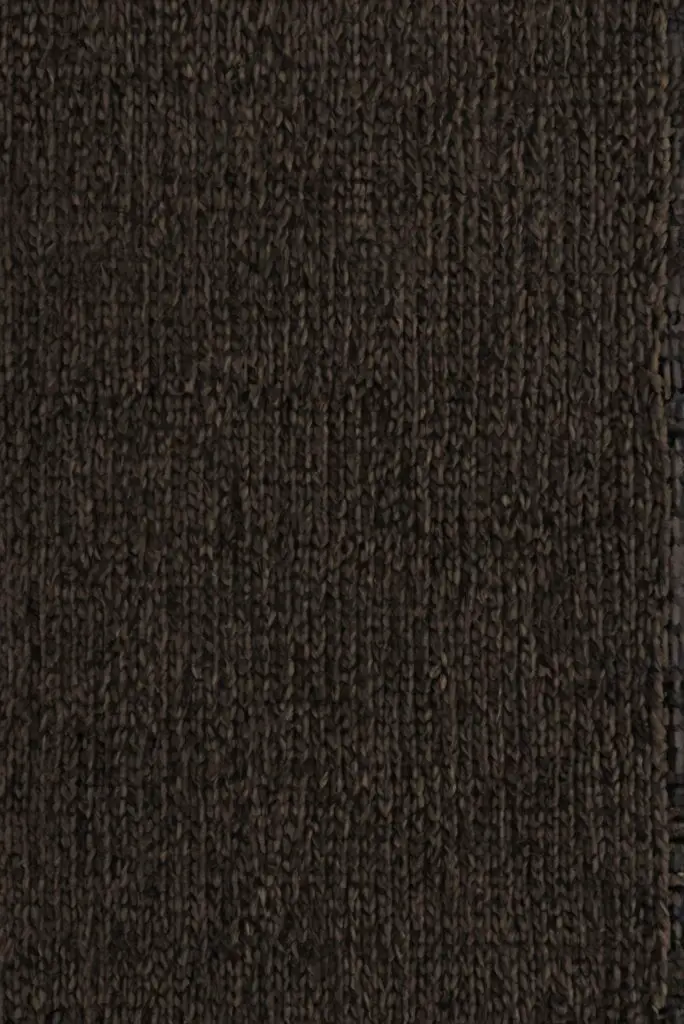Explore the best rug materials for high-traffic living rooms to elevate your interior design daily routine with durable and stylish décor choices.
The best rug materials for high-traffic living rooms include wool, nylon, and polypropylene. Wool rugs are durable and naturally stain-resistant, making them a great choice for busy areas. Nylon rugs are also a good option due to their resilience and easy maintenance. Polypropylene rugs are budget-friendly and can withstand heavy foot traffic. It’s important to choose rugs with a high pile or loop construction to minimize wear and tear. Regular vacuuming and spot cleaning can help prolong the lifespan of the rug. Consider using rug pads to prevent slipping and add extra cushioning. Additionally, rotating the rug periodically can promote even wear.
How to choose a rug material that can withstand high traffic in a living room?
When selecting a rug material for high-traffic living rooms, durable options are key. Look for rugs made of synthetic fibers like nylon, polyester, or polypropylene, as these materials are known for their resilience and ability to withstand heavy foot traffic. Additionally, consider rugs with a low pile height as they are less likely to show wear and tear compared to high-pile rugs.
What are the benefits of using synthetic materials for rugs in high-traffic living rooms?
My Lovely Spring Paint for 2025
Ready for a Spring Makeover? Explore the Freshest 2025 Paint Trends!
White Sage/Green SW Pistachio green Soft blue Honeysweet/Orange Pink Sugar Sage Tint BMAs an Amazon Associate, I may earn a commission from qualifying purchases at no extra cost to you.
Synthetic materials such as nylon and polyester offer several benefits for high-traffic living rooms. These materials are durable, stain-resistant, and easy to clean, making them ideal for areas where the rug will be subjected to frequent use. Moreover, synthetic rugs are often more affordable than natural fiber options, providing a cost-effective solution for homeowners.
Can I use wool rugs in high-traffic living rooms?
While wool is a natural fiber that offers luxurious softness and insulation, it may not be the best choice for high-traffic living rooms. Wool rugs are prone to shedding and staining, and they require more careful maintenance compared to synthetic alternatives. If you opt for a wool rug in a high-traffic area, consider choosing a low-pile option with a durable construction.
What steps can be taken to maintain the durability of a rug in a high-traffic living room?
To ensure the longevity of a rug in a high-traffic living room, regular cleaning and maintenance are essential. Vacuum the rug frequently to remove dirt and debris that can cause wear and tear. Consider using rug pads to prevent slipping and provide additional cushioning. Rotate the rug periodically to evenly distribute foot traffic and minimize damage in high-use areas.
How to identify the best rug material for high-traffic living rooms based on durability?
My fAV Spring DECOR for 2025
Discover Spring’s Best 2025 Decor Combinations – Perfect for Any Room!
Oversized Indoor Plants White Curved Sofas Rugs BOH Brown Cream Moroccan Hype Boho Rug Outdoor Patio Furniture Sets Topfinel Pillow CoversAs an Amazon Associate, I may earn a commission from qualifying purchases at no extra cost to you.
When evaluating the durability of rug materials for high-traffic living rooms, look for resilient options that can withstand constant use. Synthetic fibers like nylon and polypropylene are known for their strength and durability, making them ideal choices for high-traffic areas. Consider the pile height of the rug as well, opting for low-pile options that are less prone to matting and wear.
What are the risks of choosing a delicate material for a rug in a high-traffic living room?
Selecting a delicate material for a rug in a high-traffic living room poses several risks. Delicate materials like silk or high-pile wool are more susceptible to damage and staining in areas with heavy foot traffic. These rugs may require specialized cleaning and careful handling to maintain their appearance, making them less practical for busy living spaces.
How to organize furniture on a rug for a high-traffic living room to protect the rug?
When arranging furniture on a rug in a high-traffic living room, consider placing the front legs of larger pieces like sofas and armchairs on the rug. This technique helps secure the rug in place and protects the edges from fraying due to foot traffic. For smaller furniture items like coffee tables, ensure they are centered on the rug to create a cohesive and balanced look.







